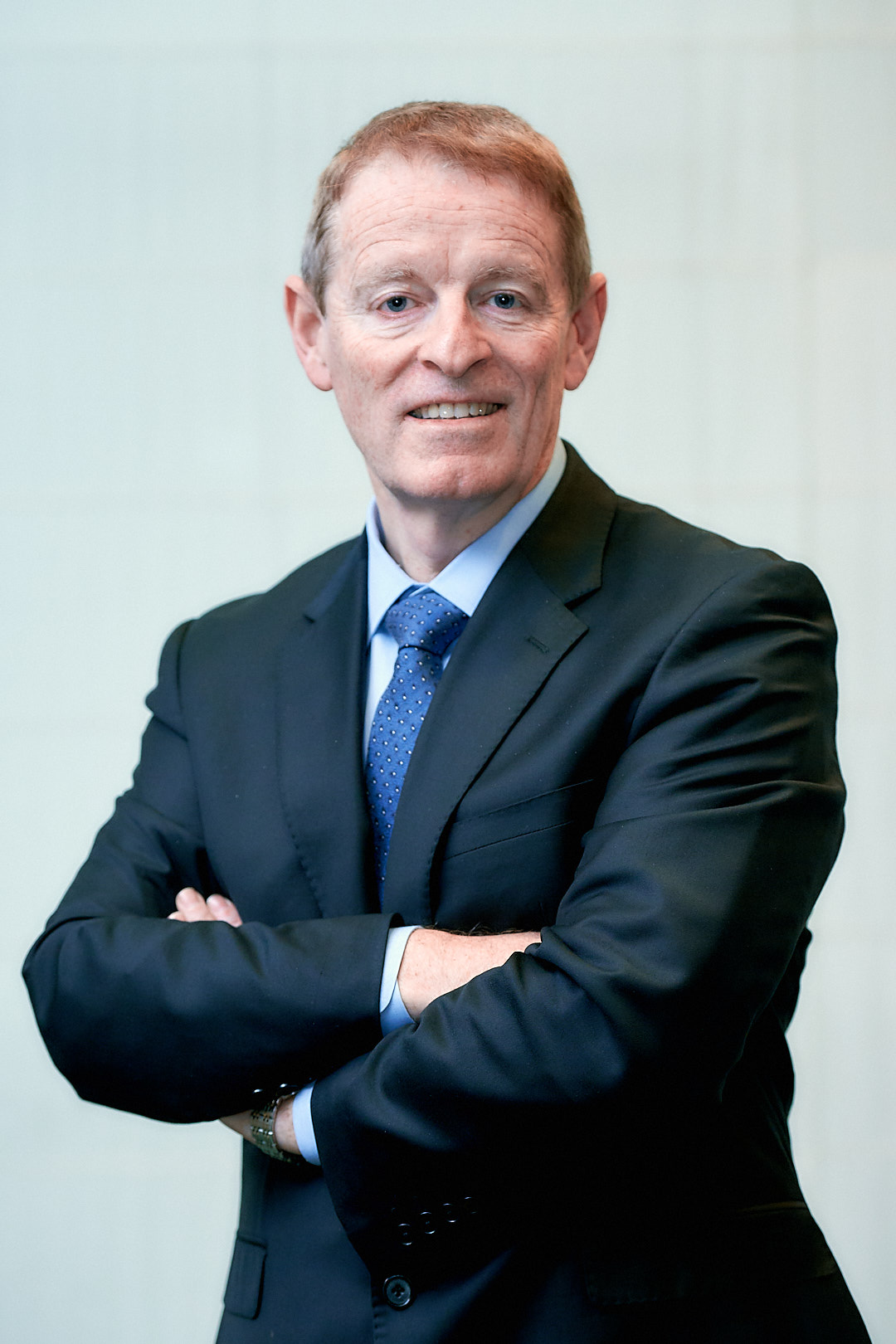1 December 2020
Interview with... Eamonn Brennan
DG EUROCONTROL
[Cleared n°10 - anno XVII - nov_dec 2020]
DG EUROCONTROL
[Cleared n°10 - anno XVII - nov_dec 2020]

Aviation is facing unprecedented challenges due to Covid-19. What are the key steps taken by EUROCONTROL to support aviation?
Given the dramatic impact of COVID19 on the aviation industry, it was clear early on that EUROCONTROL needed to take swift action to help stakeholders not only on the operational level, but also and importantly, financially. In early April, the EUROCONTROL Member States took a major decision to defer up to €1.1 billion of route charges, easing the airlines’ immediate liquidity burden. By June, EUROCONTROL reached an agreement with a major consortium of international banks to put in place a massive loan facility of €1.3 billion to support the ANSPs whose revenues have been decimated by the traffic collapse.
Throughout the crisis, we have worked closely with the operational stakeholders to manage changes in traffic patterns and to help them prepare for recovery while continuing to deliver the products and services that our States and industry look to us for to manage their daily business. At the same time, we have ramped up our efforts to provide decision-makers with the up-to-date information, statistics, analysis and forecasts that they need to make the best business decisions during this evolving crisis.
We will continue over the coming months to do everything within our power to support our stakeholders and to help build back better.
The crisis showed the importance of cooperation. How can we support the recovery and be prepared for the future traffic growth?
The aviation industry has worked very hard to be ready for the recovery but ultimately this depends on passengers being willing and able to travel. Changing rules and quarantines are clearly putting tremendous additional pressure on our industry and it is far from clear that they are beneficial. We need greater consistency and clarity in identifying the level of risk across Europe but we also need greater coordination in the approach taken by states to testing – both before and after travel and also to expand the availability and use of testing to help make people feel more comfortable as they move around the continent.
Will Airlines, Airports and ANSPs look different after the Covid?
There will be changes, certainly, across the whole of aviation and we should not be trying to rebuild everything the way it was. We need to focus on building back an aviation system that is more efficient, more flexible and, crucially, more sustainable.
Already we are seeing airlines retiring older, less efficient aircraft. And the move towards using Sustainable Aircraft Fuel is continuing – even through the pandemic. Turning to ATM specifically, it’s clear we cannot go back the situation we saw in the summers of 2018 and 2019 when a severe lack of capacity at some ACCs meant that delays were increasing massively and flights were becoming longer and less efficient. This summer we saw the average fuel burn on some routes dropping significantly as all aspects of the flights improved – from taxi times to continuous descent operations, from flying shorter routes to flying better vertical profiles. Working with ENAV, more than 30 routing restrictions have been suspended or adapted to provide better trajectories to the airspace users during the COVID-19 crisis until at least April 2021.
The challenge is to capture these efficiencies and make them the new normal. Our estimate is that, based on vaccines being successful and widely used by the summer of 2021, we will be back to 2019 levels of traffic by about 2024-25. So we need to act now to learn from the experience of this year. The EUROCONTROL Network Manager is working closely with our partners across Europe on this – with ENAV for example to enable full capacity delivery during the summer 2021, refinement of the traffic forecasts, airspace design changes and starting for the planning and implementation of Operational Excellence actions. We are also looking at improving the metrics – such as focusing on overall fuel burn rather than route extension.
What is your view on the European aviation in 2030?
Even under our worst case scenario, we expect to be back at 2019 traffic levels by then. Aviation will still be a major part of the European economy, both directly and indirectly. However, we will see changes. Sustainable Aviation Fuel will become much more widespread and we could start seeing the impact of electric aircraft, at least for shorter routes.
ATM will also have evolved. In just ten years I don’t expect a revolution but we can expect an even greater focus on enabling airspace users to fly more efficient trajectories. This will involve sharing more data – both on the ground and in the air and I hope that we will have started to implement some of the exciting developments we’re now seeing at the research and development phases. We are also looking forward to further increased cooperation with ENAV and other organisations in the context of the New Partnership to accelerate the modernisation of European ATM together.
We can expect that Free Route Airspace will have become the norm. Other changes, such as a move towards a common rate for unit charges, are technically feasible but require political will to put in place.
This year has been unprecedented and has had a huge impact on everyone working in aviation – ranging from ATCOs to ground handling staff and from cabin crew to caterers. I have been encouraged though by two trends. One is that the public have demonstrated, whenever it was possible to do so, a strong desire to travel and a willingness to fly. And the second is how colleagues from across the industry have worked together to make flights happen, safely and to prepare for the recovery that I am sure will come.


